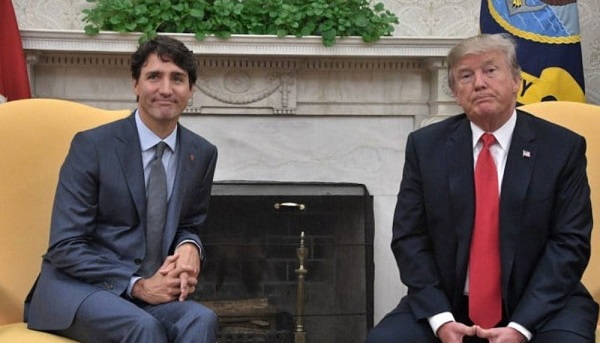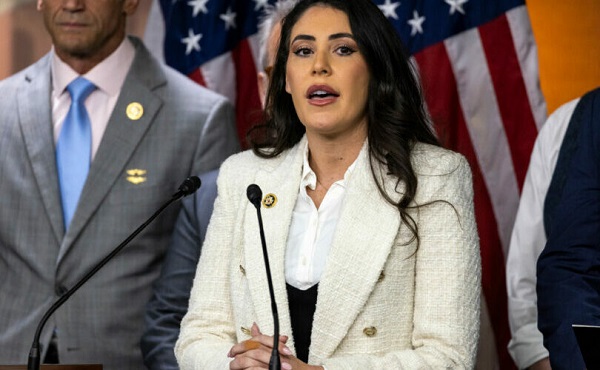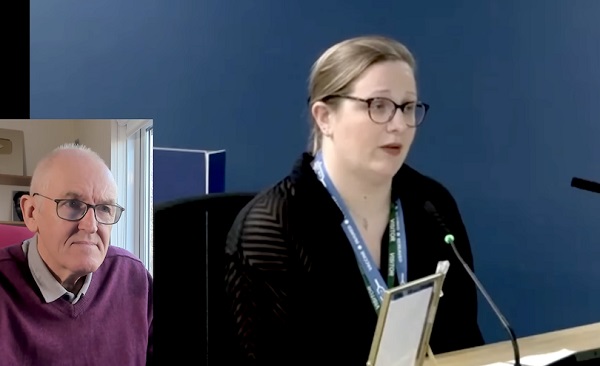Business
The political gimmick ends: Last day for the GST holiday on booze and books

By Carson Binda
The Canadian Taxpayers Federation is reminding Canadians to stock up on books, beer and baby clothes before the federal government’s GST/HST holiday ends on Feb. 15.
“Even though this temporary tax holiday was a political gimmick, folks should still stock up now to save on the GST,” said Carson Binda, CTF B.C. Director. “Ottawa needs to do more than temporary sales tax holidays, which means politicians must find real savings so taxes can go down permanently.
“But in the meantime, people should take advantage of the tax break before it goes back up.”
The federal government temporarily suspended its sales taxes on a range of goods between Dec. 14, 2024, and Feb. 15, 2025. The temporary tax cut applied to food, alcohol beverages, restaurant meals, children’s clothing, car seats, diapers, toys, Christmas trees and books.
“The government shouldn’t be taxing your baby’s diapers or picture-books,” Binda said. “And restaurants across Canada need long-term tax relief instead of a GST holiday gimmick.”
Nearly two thirds of Canadian restaurants, or 62 per cent, are operating at a loss or barely breaking even, according to data from Restaurants Canada.
The reimposed GST will add five per cent to the cost of restaurant meals in B.C., Alberta, Saskatchewan, Manitoba, the Territories and Quebec. The HST will add 13 per cent in Ontario and 15 per cent in the Atlantic provinces.
The end of the GST holiday would drive up the cost of a case of beer by an average of $4.40 across Canada. Provinces with a harmonized sales tax will see the biggest increases, with a case of beer increasing in cost by $8.04 in Nova Scotia once the sales tax holiday ends.
“Taxpayers and job creators need tax relief from Ottawa,” Binda said. “The government needs to go line-by-line through the federal budget to find real savings for taxpayers.”
Business
Government debt burden increasing across Canada

From the Fraser Institute
By Tegan Hill, Jake Fuss and Spencer Gudewill
As governments across Canada unveil their 2025 budgets, outlining their tax and spending plans for the upcoming fiscal year, they have an opportunity to reverse the trend of deficits and increasing debt that has reigned in recent years.
Indeed, budget deficits, which fuel debt accumulation, have become a serious fiscal challenge for the federal and many provincial governments, primarily due to high levels of government spending. Since 2007/08—the final fiscal year before the financial crisis—combined federal and provincial net debt (inflation-adjusted) has nearly doubled from $1.2 trillion to a projected $2.3 trillion in 2024/25. And you can’t blame COVID, as combined federal and provincial net debt (inflation-adjusted) increased by nearly $600 billion between 2007/08 and 2019/20.
Federal and provincial net debt (inflation-adjusted) per person has increased in every province since 2007/08. As shown in the below chart, Newfoundland and Labrador has the highest combined (federal and provincial) debt per person ($68,516) in 2024/25 followed by Quebec ($60,565) and Ontario ($60,456). In contrast, Alberta has the lowest combined debt per person ($41,236) in the country. Combined federal and provincial net debt represents the total provincial net debt, and the federal portion allocated to each of the provinces based on a five-year average (2020-2024) of their population as a share of Canada’s total population.

The combined federal and total provincial debt-to-GDP ratio, an important fiscal indicator that compares debt with the size of the overall economy, is projected to reach 75.2 per cent in 2024/25. By comparison, the ratio was 53.2 per cent in 2007/08. A rising debt-to-GDP ratio indicates government debt has grown at an unsustainable rate (in other words, debt levels are growing faster than the economy). Among the provinces, the combined federal-provincial debt-to-GDP ratio is highest in Nova Scotia (92.0 per cent) and lowest in Alberta (42.2 per cent). Again, the federal debt portion is allocated to provinces based on a five-year average (2020-2024) of their population as a share of Canada’s total population.
Interest payments are a major consequence of debt accumulation. Governments must make interest payments on their debt similar to households that must pay interest on mortgages, vehicles or credit card spending. When taxpayer money goes towards interest payments, there’s less money available for tax cuts or government programs such as health care and education.
Interest on government debt (federal and provincial) costs each Canadian at least $1,930 in 2024/25. The amount, however, varies by province. Combined interest costs per person are highest in Newfoundland and Labrador ($3,453) and lowest in Alberta ($1,930). Similar to net debt, combined federal and provincial interest costs are represented by the total of the provincial and federal portion with the federal portion allocated to each of provinces based on a five-year average (2020-2024) of their population as a share of Canada’s total population.
Debt accumulation comes with consequences for everyday Canadians as more and more taxpayer money flows towards interest payments rather than tax relief or programs and services. This budget season, federal and provincial governments should develop long-term plans to meaningfully address the growing debt problem in Canada.
Business
Elon Musk to consult President Trump on potential ‘DOGE dividend’ tax refunds
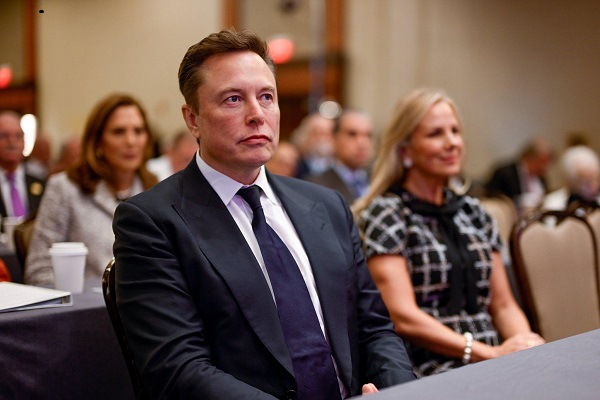
 MxM News
MxM News
Quick Hit:
Elon Musk announced he will consult with President Donald Trump on a proposal to issue tax refund checks to Americans using savings from the Department of Government Efficiency (DOGE). The idea, originally suggested by Azoria CEO James Fishback, would involve distributing a portion of the funds DOGE claims to have saved from government cost-cutting measures. While Musk aims to reduce federal spending by $2 trillion, questions remain about the actual savings achieved by DOGE.
Key Details:
- Musk responded on X that he would “check with the President” regarding the proposed tax refunds.
- The plan suggests using 20% of DOGE’s $2 trillion spending cut goal—roughly $400 billion—to provide up to $5,000 per household.
- Reports indicate that DOGE’s reported savings may be overstated, with Bloomberg and the New York Times pointing to discrepancies in the numbers.
Diving Deeper:
Elon Musk’s latest proposal to return taxpayer dollars through a “DOGE Dividend” has sparked discussion on federal spending and fiscal responsibility. The initiative, first floated by James Fishback, argues that savings uncovered by DOGE’s cost-cutting efforts should be refunded to taxpayers. Fishback compared it to a private sector refund when a company fails to deliver on its promises.
Musk, who leads DOGE’s advisory group, has set an ambitious goal of cutting $2 trillion from the federal government’s $6.75 trillion budget. Under Fishback’s model, 20% of those savings—$400 billion—could be distributed among American households, potentially yielding checks of around $5,000 per family.
However, skepticism surrounds DOGE’s actual savings. Bloomberg reported that only $16.6 billion of the $55 billion in savings claimed by DOGE is accounted for on its website. The New York Times revealed a miscalculation in which DOGE erroneously reported an $8 billion saving on a federal contract that was actually $8 million.
Despite legal challenges against DOGE’s authority, a federal judge recently denied an injunction that sought to block the agency’s access to federal databases or its ability to recommend government employee firings.
The concept of direct payments from the federal government has precedent. During the COVID-19 pandemic, the Trump administration issued stimulus checks to Americans, with Trump’s signature appearing on IRS payments for the first time in history. Whether the current proposal will gain traction under Trump’s leadership remains to be seen.
Musk’s willingness to discuss the idea with President Trump signals that the proposal may be seriously considered, though practical and political hurdles remain.
-
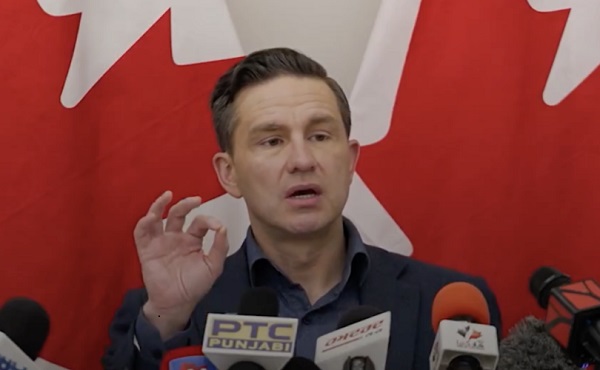
 Media2 days ago
Media2 days agoPoilievre vows to end mainstream media’s stronghold over Parliamentary Press Gallery
-
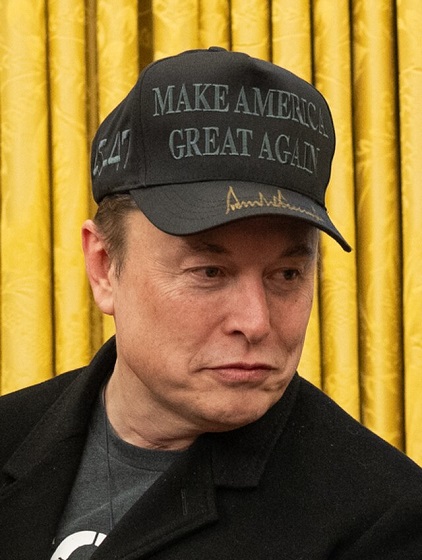
 Business2 days ago
Business2 days agoElon reveals millions of people in Social Security database between the ages of 100-159
-

 Crime2 days ago
Crime2 days agoCartel threats against border agents include explosives, drones
-

 Energy2 days ago
Energy2 days agoRussia & U.S. mull joint Arctic energy projects
-
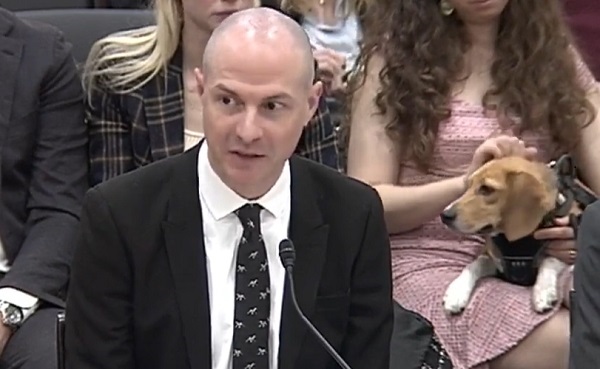
 Business1 day ago
Business1 day agoDr. Fauci accused of wasting millions in taxpayer dollars on ‘transgender animal experiments’
-
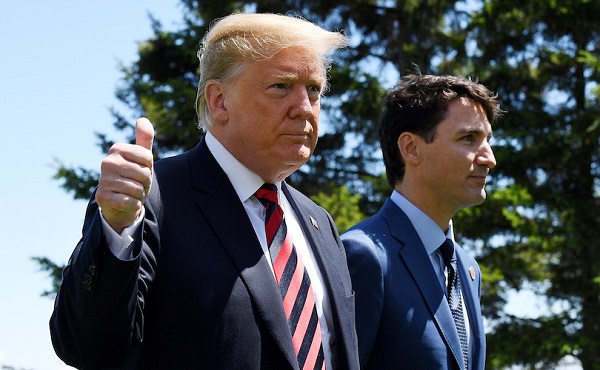
 armed forces2 days ago
armed forces2 days agoCanada is not a sovereign nation
-
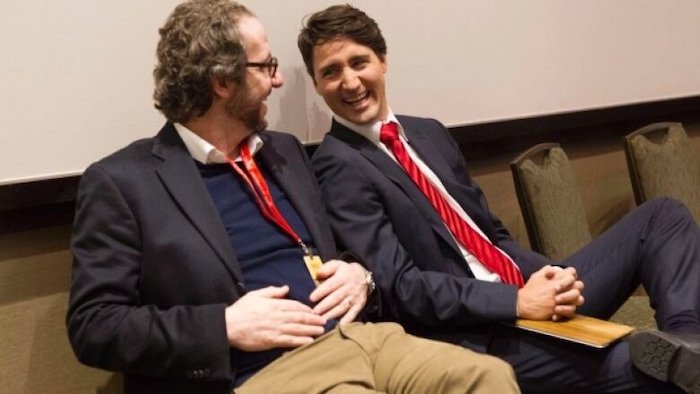
 National1 day ago
National1 day agoExplosive New RCMP Transcript Renews Spotlight on Trudeau, Butts, Telford—Powers Behind Mark Carney’s Leadership Bid
-
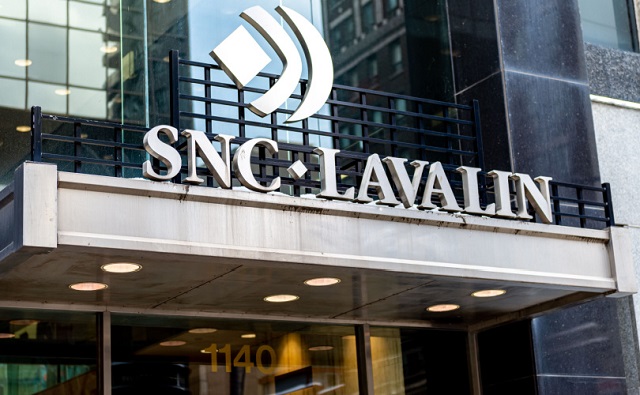
 National1 day ago
National1 day agoDemocracy Watch Applies for Private Prosecution of Trudeau in SNC Scandal



